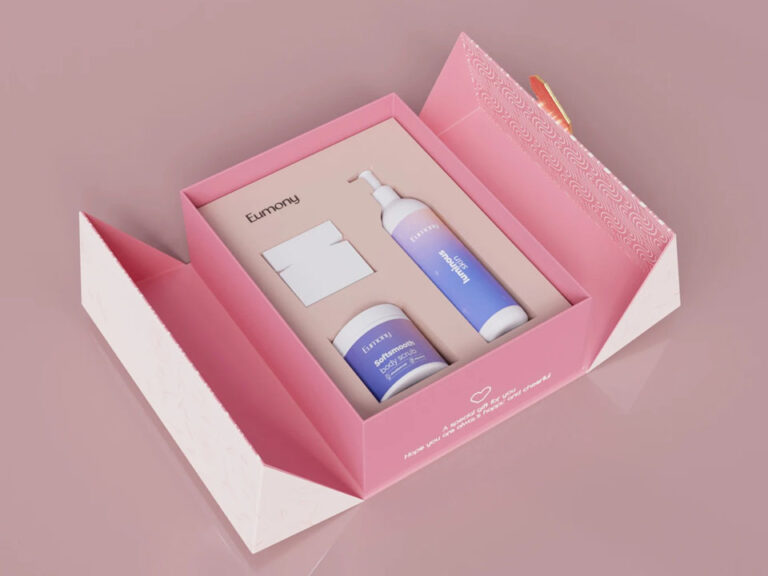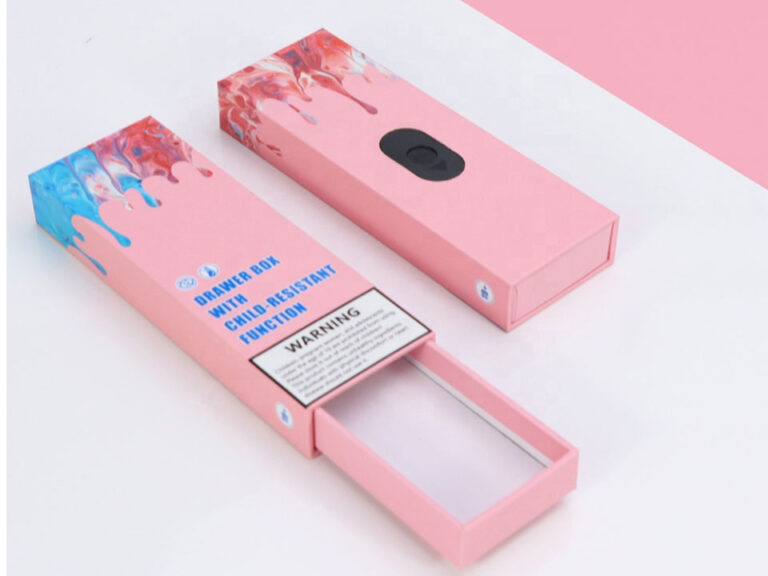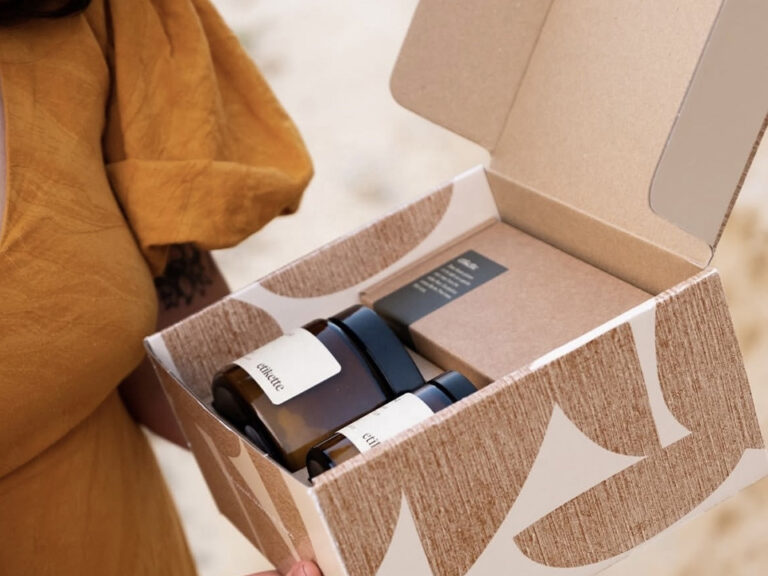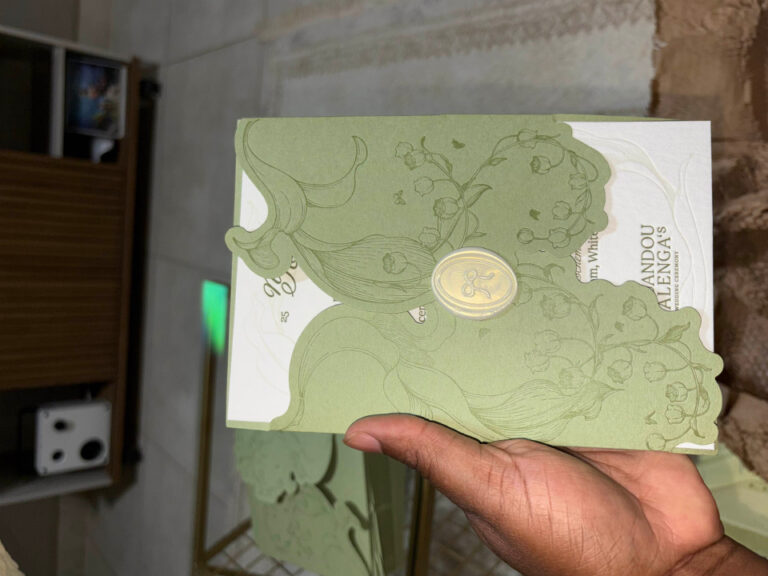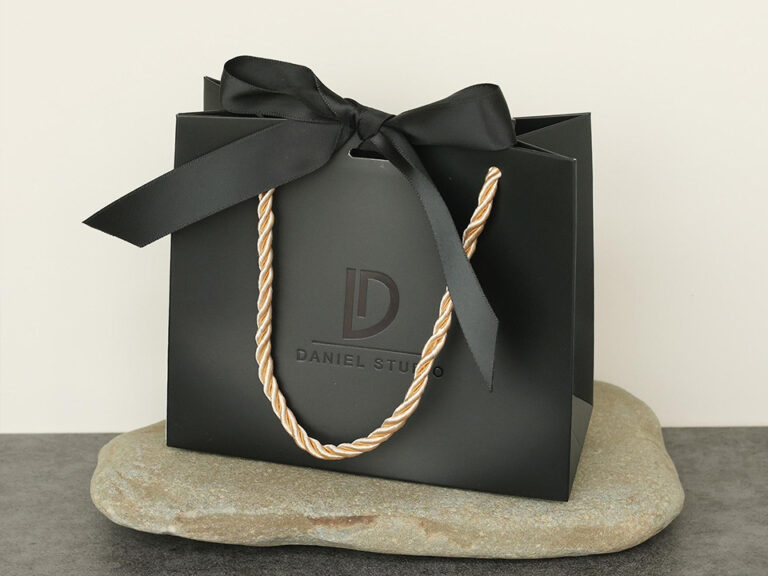包装ギフトボックス製造業者はどのように印刷色収差を避けるか?
Color has moods. It wakes up cheerful in daylight, gets fussy under factory LEDs, and sometimes throws a little tantrum on coated paper. As packaging gift box manufacturers, we don’t just “put ink on board.” We babysit color so your brand doesn’t show up dull, neon, or weirdly purplish. In the usual printing and processing process, keeping the integrity of printed color is one of those ongoing puzzles. For customers, the biggest don’t-want is color difference—because a small shift can ruin a whole design. Below is a practical, battle-tested guide to avoid printing chromatic aberration (aka visible color shift), with shop-floor notes and lessons people share in the wild.
TL;DR: Standardize the light, stabilize the ink and paper, calibrate the press to a known target, and measure everything like you mean it. Then do it again tomorrow.

What “chromatic aberration” means in print
In packaging, color difference shows up when the final printed piece doesn’t match the approved proof, or when one batch looks unlike the next one. Reasons include metamerism (colors changing under different lights), ink aging, substrate whiteness, lamination or varnish shifts, press instability, humidity swings, or simply mixing spot colors a bit off. None of this is “mystery”—it’s physics, chemistry, and a touch of craft.
Prepress hygiene: lock color before you hit “Print”
1) Standard light sources
The red you “love” at noon can look brownish at 10pm. Day shift daylight vs. night shift LED can create illusions—so we view and approve under printing standard light (commonly D50). On the shop floor, light-booth checks are routine. No booth, no approval. Sounds picky, but it saves reprints, trust me. Human note: a veteran Reddit press op said their worst color fights “vanished” after standardizing viewing lights—no fancy tricks, just the right bulbs. Night and day, literally.
2) ICC profiles and contract proofs
Designers supply files with embedded ICC profiles, and we soft-proof on calibrated monitors. Then we issue a hardproof/contract proof—this is the “judge.” If the proof is signed, we match it on press within the agreed tolerance. Don’t skip this; a good proof is like a compass in fog.
3) Spot colors: recipes are guides, not gospel
Pantone swatches are a starting point, not holy writ. Pigments, base inks, viscosity, and paper whiteness nudge the result. Experienced ink techs tweak mixes by eye and instrument until the sample and target agree. The rule is simple: measure, adjust, repeat. Quora-style wisdom: printers often mention that “the Pantone book isn’t a press,” so mixes need live tuning—especially on uncoated or textured boards.

On-press controls that actually work
4) Standard light boxes at press-side
We view pull sheets right in a standard light box. That kills arguments like “it looked fine over there.”
5) Water-based ink quality and shelf life
Some customers report: after a while, the inked color drifts, but previous batches were fine. Often the ink is near its shelf life, or stored warm, or exposed to air too much. We track batch dates, rotate stock, and do quick drawdowns before a run. Old ink? Hard pass. It might still print, but it won’t behave.
6) Viscosity, pH, temperature = color stability
Water-based systems change with viscosity and pH; UV inks with temperature; offset with water/ink balance. We monitor at intervals, because color doesn’t stay put if the fluid isn’t. It’s boring, but it’s the job.
7) Substrate matters: board whiteness and coatings
Two “white” boards can reflect color differently. Even different lots of the same board can shift color. We approve on the 実際 substrate, from the 実際 lot. Lamination (gloss/matte/soft-touch) or varnish changes perception too; we proof with finishing when color is critical.
8) Press calibration to known targets
We calibrate to industry targets (e.g., gray balance/neutral aim and tone reproduction curves). That way, press A today ≈ press A tomorrow ≈ press B next month. The exact acronym doesn’t matter to buyers; the habit does. A calibrated press is a non-dramatic press.
9) Spectrophotometers, color bars, and ΔE tracking
We run color bars on every form, read patches with a spectro, and keep live ΔE logs against the proof. If the number drifts, we correct before your eye screams. Instruments don’t argue; they just tell the truth.
10) Environment control
Paper soaks humidity like a sponge. Temperature swings change ink flow. So we condition paper, manage RH, and let stacks acclimate. Sounds small, but it’s huge for box consistency.
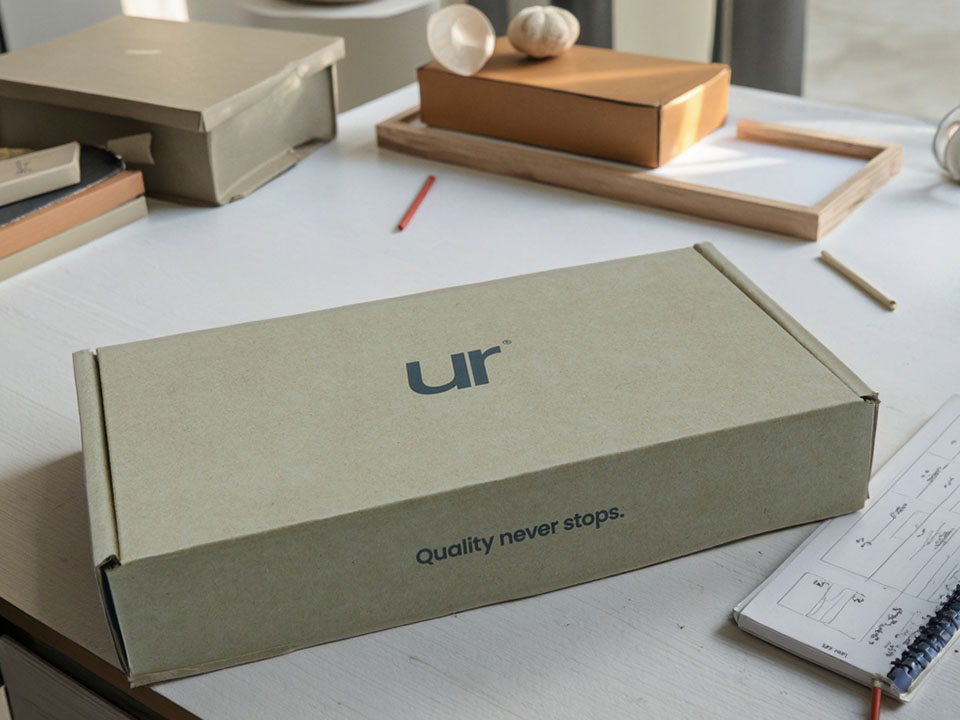
Special finishes that “bend” color
- 箔押し bounces light; nearby inks feel brighter/darker depending on angle. We proof with foil in place.
- Soft-touch & matte films lower perceived saturation (it can feel slightly “flatter”). We compensate during proofing.
- Spot UV & emboss can create shadows that trick the eye. We test panels before the full run.
- Metallic & fluorescent inks are moody—batch-to-batch variations are normal. We lock suppliers and keep retention samples.
Real voices from the floor
- A Reddit prepress tech: “Most color disasters came from non-standard lighting. The day we put D50 booths on every line, color arguments kinda died.”
- A packaging engineer on Quora: “If your vendor prints to a calibrated target and reads color bars, your reprint risk falls off a cliff.”
- A small brand owner on Reddit: “Our Pantone looked wrong only after we added matte lamination. Re-proofing with lamination fixed it.”
- A print operator on Quora: “Ink pH drift on water-based flexo was the silent troublemaker. We put pH checks on a timer.”
No magic tricks—just habits.
The three fundamentals
- Use a printing standard light source. Daylight vs. workshop LEDs can show different colors. Equip standard light fixtures and, when needed, a light box for viewing to avoid metamerism.
- Guarantee the quality of water-based inks. Watch shelf life and storage. Near-expired inks may fade or shift—do quick drawdowns and rotate stock.
- Be picky with spot color mixing and communication. Pantone formulas are guides; tiny differences happen. Train operators to be color-sensitive, keep good records, and adjust live until the target is truly matched.
Quick checklist you can copy into your PO
- Approve a contract proof on the actual substrate (with lamination/varnish, if any).
- Confirm standard light viewing for approvals.
- 必要 press calibration to a recognized color aim and a printed control strip.
- Ask for spectro readings recorded during the run (ΔE tracked to the proof).
- Lock ink batch numbers そして board lots for critical colors.
- Pre-run drawdowns for any spot colors; keep retention samples.
- Control environment (paper conditioning, temp/RH).
- Re-confirm color on reorders; don’t assume last year’s stock looks identical.
Where we use these controls in practice
From delicate ペーパーギフトボックス to retail-ready 折り畳みカートン and tough プリント段ボール箱, our teams build color checks into every step. Complex constructions—like a collapsible magnetic gift box または color-printed corrugated mailer—get extra attention because finishing can nudge color perception. If you want to see how we spec and proof across different materials, our 印刷サービス overview and product gallery walk through typical flows. And if you’re new here, hey—ジバン包装 is the front door.
FAQs on printing chromatic aberration
Why does my box look different at home vs. in the store? That’s likely metamerism—same ink, different light. Always judge color under a standard light, not just office lamps.
Can I send RGB images for print? You can, but print lives in CMYK + spots. Convert with the right ICC profile and approve a proof on your actual board.
My Pantone looks dull on matte film—broken? Not broken. Matte and soft-touch scatter light and reduce perceived saturation. We can compensate in press or choose a different finish.
Why do reorders shift a tiny bit? Board lots, ink batches, press conditions, even weather can drift. Calibration + measurement + proofing keep that drift below the “human gasp” line.
Do metallics and neons behave? They’re a lil’ dramatic. Expect careful batch control and realistic tolerances.
Final word
Color ain’t a robot. It breathes with light, paper, ink, and time. The way to “beat” printing chromatic aberration is not a single trick but a routine: standardize viewing, stabilize materials, calibrate the press, and measure every run like you’re proving a point. Do this, and your brand color will show up the way you pictured it—today, next month, and on the next campaign, too.
If you’d like help turning your palette into boxes that stay true, explore our 製品 or say hi via ジバン包装.






